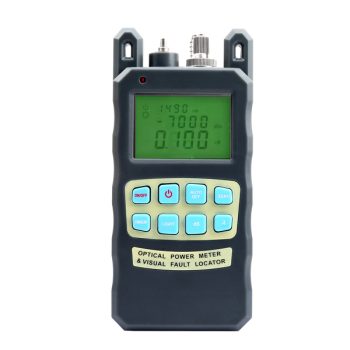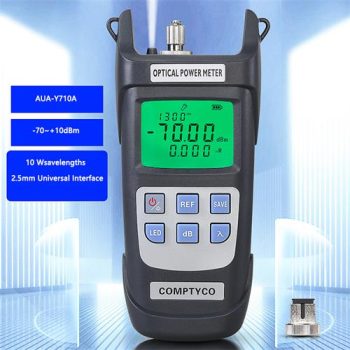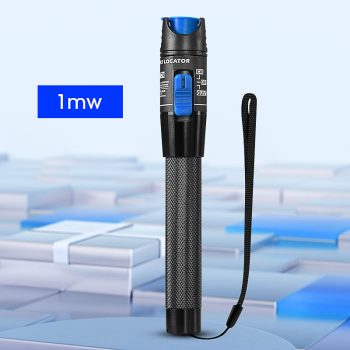Fiber Optic Testers
Fiber Optic Testers (FOTs) are devices used to evaluate and verify the performance of fiber optic networks. They examine the quality of fiber optic connections, the reliability of transmission, and the performance of the network by measuring the parameters and characteristics of the optical signals. Fiber Optic Testers are widely used in the installation, maintenance and troubleshooting of fiber optic networks.
Fiber optic testers typically have a variety of functions and features, including:
1. Power Measurement: Measures the power level of an optical signal to assess the strength and attenuation of the signal.
2. Spectral Analysis: Analyzes the spectral characteristics of the optical signal to detect the presence of light source drift or other spectral problems.
3. Time Domain Reflectometry (OTDR): Uses OTDR technology to measure the length, loss, and reflection characteristics of optical fibers to detect fiber joints or damaged sections.
4. Light Sources and Power Meters: Light sources and power meters used to generate or measure optical signals for debugging and verifying the performance of fiber optic links.
5. Insertion Loss Test: Measurement of insertion loss of components such as fiber optic connectors, adapters or splitters to assess the quality and reliability of the connection.
6. Patchcord Test: Used to test the quality and performance of fiber optic patchcords and check whether the patchcords meet the specifications and requirements.
7. Report Generation: Generate reports of test results, including measured values of various parameters, graphs and analysis results for recording and sharing test results.





